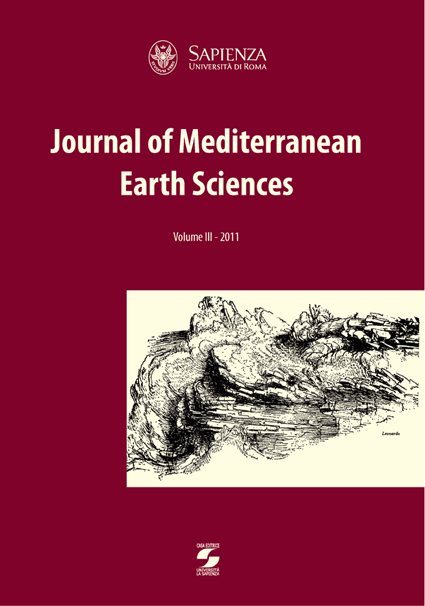Coral bioconstruction in a Burdigalian mixed siliciclastic-carbonate coastal system (Cala Paraguano, Corsica)
DOI:
https://doi.org/10.3304/JMES.2011.002Abstract
This study presents facies analysis and a depositional model of a middle-lower Burdigalian mixed siliciclasticcarbonate system, characterized by coral bioconstructions, cropping out at Cala Paraguano (southern Corsica). Sedimentary facies, tracing stratigraphic surfaces, stratal and bioconstruction geometries were identified along a sea-cliff exposure. The sedimentary facies described and interpreted are coral rudstone to floatstone, coral domestone and maerl. The coral rudstone to floatstone indicates a highly energetic environment and possibly associated with vegetated areas, whereas the coral domestone was originated by small size patch reefs. These facies grade basinward into the maerl facies, which represents a deeper zone colonized by red algae and subordinate large benthic foraminifers. The Cala Paraguano deposits document a case were terrigenous input in a mixed siliciclastic-carbonate coastal setting does not prevent the development of coral patch reefs.Downloads
How to Cite
Laura Tomassetti, A. M. (2014). Coral bioconstruction in a Burdigalian mixed siliciclastic-carbonate coastal system (Cala Paraguano, Corsica). Journal of Mediterranean Earth Sciences, 3. https://doi.org/10.3304/JMES.2011.002
Issue
Section
Articles
License
The submission has not been previously published, nor is it before another journal for consideration (or an explanation has been provided in Comments to the Editor).


